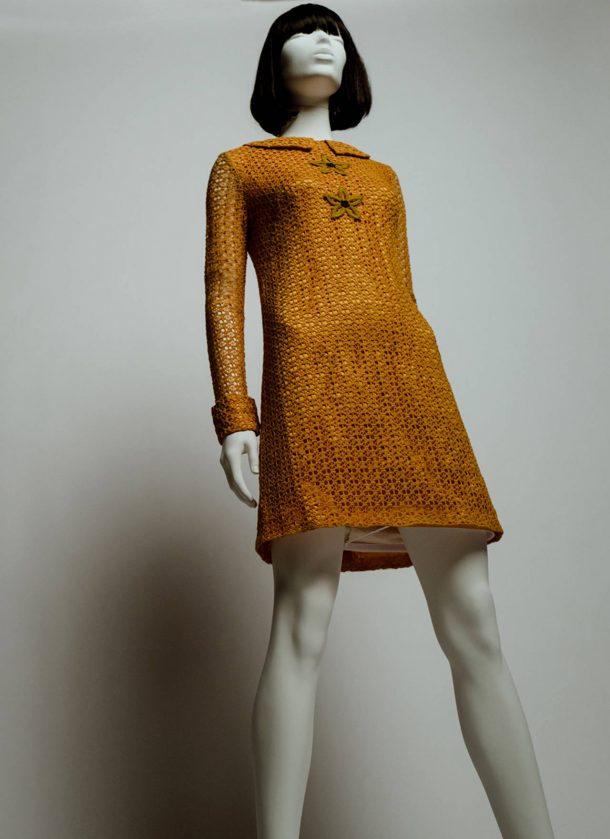The third behind-the-scenes episode at the V&A looked at one of the first objects to arrive in the collection and some of the most recent acquisitions. The process of acquiring something is fascinating and constantly evolving – but the idea behind it is powerful. Brendan Cormier, curator of our current exhibition Cars: Accelerating the Modern World has written on what it means to bring something into the museum. Saying ‘yes’ or ‘no’ to anything is hugely complicated. We can’t collect everything (we’re running out of space), but turning anything down must occasionally create regrets. This story, in which Mrs Blake tried repeatedly to give a superb example of Indian court dress to the museum between 1929 and 1947, has always stuck out for me.
We will keep it forever – Brendan Cormier, Senior Curator, Design, Architecture & Digital
If you’d like to know more about Victoria and Albert’s donations then Julius Bryant’s book Creating the V&A is the indispensable guide. In it he writes on how the young royal couple were instrumental as supporters, donors and lenders before a permanent collection was established. Find out more about the history of the museum here.

The Mary Quant exhibition opens at V&A Dundee on 4 April 2020, and you can book a ticket here. We have a host of articles on the designer for you to explore, including 6 of her revolutionary designs, and one on the myth of the miniskirt. If you’d like to create your own version, then there is a pattern here. If you’d like to look more closely at one of Quant’s designs, a film in our Fashion Unpicked series will be of interest.
The acquisition of Quant objects for the exhibition was greatly advanced by the #WeWantQuant campaign but, in the case of the Extinction Rebellion objects in the Rapid Response Collection, the film showed Corina Gardner taking a different approach. She has written about the objects here on the blog, and there’s more on the collection generally here.
The Rapid Response collection began in 2014, and contains around 40 objects (at the time of writing, of course). In contrast, the collections of South and South East Asian material in the museum comprise nearly 60,000 pieces (including some of the most famous objects in the museum). Avalon Fotheringham celebrates the inventiveness and creativity of Indian textile design in this book, and in the film below you can follow our conservation team’s work on a 19th-century jama as they prepare it for display. They don’t seem to carry it up any stairs…


